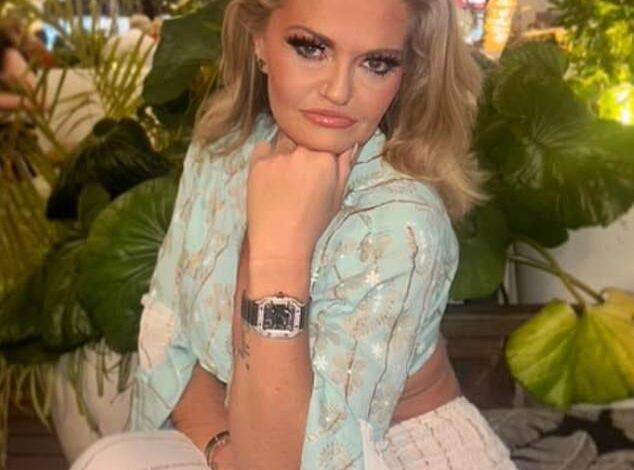
"Marilyn Monroe’s Ominous Words Before She Was Found Naked and Dead: ‘I Know Dangerous Kennedy Secrets’—Was She Silenced?"
Marilyn Monroe’s Final Days: Mystery and Intrigue
(Images: Marilyn Monroe in a pensive portrait, 1961; Bobby and Jack Kennedy; Marilyn’s body removed by police)
Jazz singer Buddy Greco once recalled Marilyn Monroe’s haunting beauty during a weekend at Frank Sinatra’s Lake Tahoe bungalow in 1962. Amid Hollywood elites and mob associates, Marilyn, emotionally fragile and reeling from rumored affairs with JFK and RFK, sought escape. Sinatra and Peter Lawford hoped the trip would distract her, but her turmoil was undeniable. Depressed and reliant on pills, she was frequently seen intoxicated. One night, after a performance, Greco found her swaying by the pool, later escorting her to her room.
(Image: Marilyn on the set of Something’s Got to Give, weeks before her death)
Back in Los Angeles, Marilyn spiraled. She vowed to expose the Kennedys’ alleged exploitation, telling friend Bob Slatzer, “I’m going to blow the lid off!” She attempted to confront Bobby in San Francisco, but he ignored her calls. Friends grew alarmed as she oscillated between rage and despair. Under constant surveillance by her psychiatrist, Dr. Ralph Greenson, and publicist Pat Newcomb, Marilyn’s paranoia deepened. Mysterious phone calls tormented her, including one snarling, “Leave Bobby alone, you tramp.”
On August 4, 1962, a heated argument erupted at her home. Secret recordings captured Bobby Kennedy demanding her “little red book” of political secrets. Marilyn screamed about being “passed around like meat,” with reports of Bobby muffling her with a pillow. Hours later, a drowsy Marilyn told Lawford, “Say goodbye to yourself,” before the line went dead.
(Image: Marilyn’s bedroom window, shattered the night of her death)
At 3 a.m., housekeeper Eunice Murray found Marilyn’s door locked, the phone cord wedged beneath. Dr. Greenson smashed a window to discover her lifeless body, clutching the phone, surrounded by empty pill bottles. A lethal mix of Nembutal and chloral hydrate—50 pills prescribed days prior—was found. Police arrived to a suspiciously “staged” scene: no vomit, her body neatly positioned. Sergeant Jack Clemmons noted, “Suicides are usually messier.”
(Image: Police removing Marilyn’s body)
Theories swirled. Had she overdosed accidentally? Was it suicide, fueled by betrayal? Or murder? Coroners found no injection marks, but toxicology revealed barbiturates. Conspiracy suspicions grew: Lawford allegedly ordered evidence destruction, and housekeeper Murray later hinted, “Bobby Kennedy was there.” Autopsy omissions and RFK’s rushed exit from California fueled doubts.
At her funeral, makeup artist Whitey Snyder restored her glamour, padding her gown for her iconic silhouette. Yet, questions lingered. Did powerful figures silence her? A 1954 interview echoed eerily: “I knew I was the kind of girl they found dead with an empty bottle of pills.”
(Image: Marilyn at the Ambassador Hotel, 1955)
Decades later, Marilyn’s death remains unresolved—a blend of tragedy, scandal, and mystery. As James Patterson’s The Last Days of Marilyn Monroe explores, the truth may never rest in peace.
© James Patterson, 2025
Adapted from The Last Days of Marilyn Monroe (Century, £20), available July 3.


